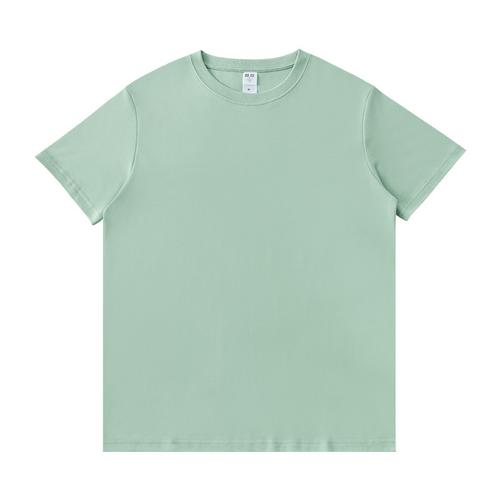Silk is the most ideal material for home wear in all seasons. Silk fabric has a very good skin care effect. At the same time, it can resist the damage of ultraviolet rays to the skin to a certain extent. It is breathable, smooth, soft and has a good skin-friendly feeling. It is the top grade among clothing fabrics, especially in summer. A top choice for fall clothing. However, clothes in summer and autumn are easy to get dirty. What are the methods for washing silk? How to wash clothes made of this type of fabric?
Silk clothing Washing:
1. Silk fabric is relatively delicate, so when washing, you should choose Hand wash, not machine washable.
2. It is advisable to use neutral to acidic detergents, not alkaline detergents, such as washing powder , alkaline soap, toilet soap, etc. The simplest method is to use shampoo or shower gel.
3. Warm or cold water is appropriate. Mix the detergent in the water before adding the clothes. Clothes of different colors must be soaked and washed separately to avoid color sticking.
4. Do not soak clothes in water for more than 5 minutes, that is, wash them gently with your hands and do not twist them (satin clothes (It is advisable to wash with the reverse side); after washing, rinse with clean water to remove the soap. Do not wring it out. Just use your hands to squeeze out the water, or directly shake it with water and let it dry.
5. When drying, it is best to turn the clothes inside out, straighten them first, and then hang them on a hanger before further organizing them. Flatten it (if it is arranged flat at this time, the ironing process after drying can be omitted), put it in a cool place and let it drip to dry. Avoid exposure to the sun.
Notes:
1. Washing�It is not advisable to rub on rough tools.
2. Silk clothing should not be dried under sunlight or fluorescent lights after washing, and it should not be dried in a dryer. Place in a cool and ventilated place to dry. Because the ultraviolet rays in the sun can easily cause silk fabrics to yellow, fade, and age.
3. Do not pull and wring out hard when washing. Shake it out gently and spread it out to dry. Do not Overlap or fold to dry. Clothes of different colors should be dried at intervals to avoid staining.
4. Silk clothing tends to harden over time. Soak it with silk softener or white vinegar diluent. Restores softness.
5. If the clothes are not dirty after wearing, you do not need to wash them. Hang the worn clothes in a ventilated place and wash them when necessary. Wear again. Or rinse directly with clean water without adding any detergent to reduce detergent damage to the clothes.
6. If the clothes are sweaty when wearing them, they should be washed in water as soon as possible to prevent sweat from causing damage to the color of the clothes. .
Maintenance of silk clothing:
1. Silk clothing Its anti-wrinkle performance is slightly worse than that of chemical fiber, so it is said that “it is not real silk if it does not wrinkle”. If clothes become wrinkled after being washed and dried, they need to be ironed to make them crisp, elegant and beautiful. When ironing, the temperature should be controlled between 120 degrees and 140 degrees. The iron should not touch the silk surface directly. It must be covered with a layer of white wet cloth before ironing to prevent the high temperature from making the silk brittle or even burnt.
2. Preserve silk clothing. For thin underwear, shirts, pants, skirts, pajamas, scarves, etc., Wash it first, iron it dry and then store it. Autumn and winter clothing, jackets, and cheongsam that are inconvenient to remove and wash should be cleaned with dry cleaning and ironed to prevent mildew and moth. After ironing, it can also play a role in sterilization and insecticide. At the same time, the boxes and cabinets where clothes are stored should be kept clean and sealed as much as possible to prevent dust contamination.
3. Take care of your clothes and do not sleep on mats, wicker chairs or wooden boards. Do not apply deodorant or perfume, and do not place mothballs.

The effect of sterilization and insecticide. At the same time, the boxes and cabinets where clothes are stored should be kept clean and sealed as much as possible to prevent dust contamination.
3. Take care of your clothes and do not sleep on mats, wicker chairs or wooden boards. Do not apply deodorant or perfume, and do not place mothballs.







